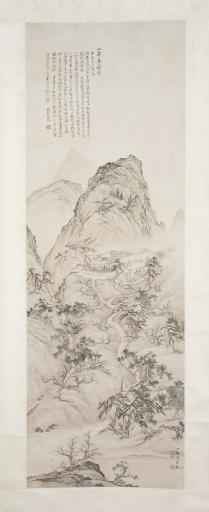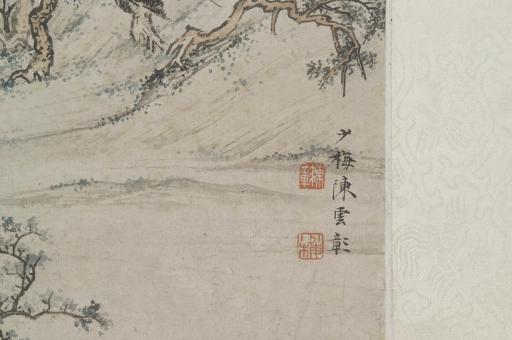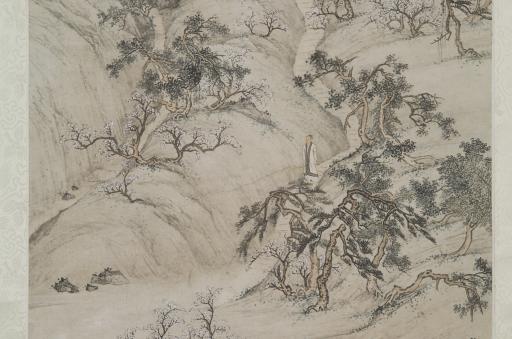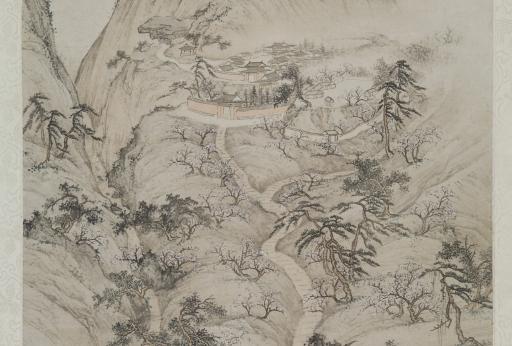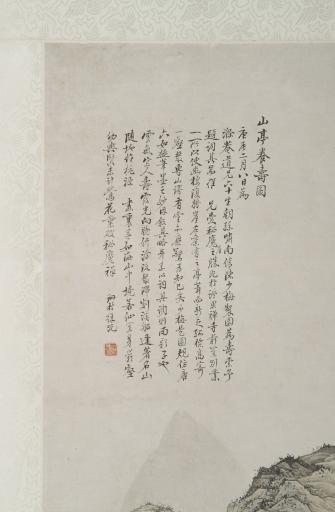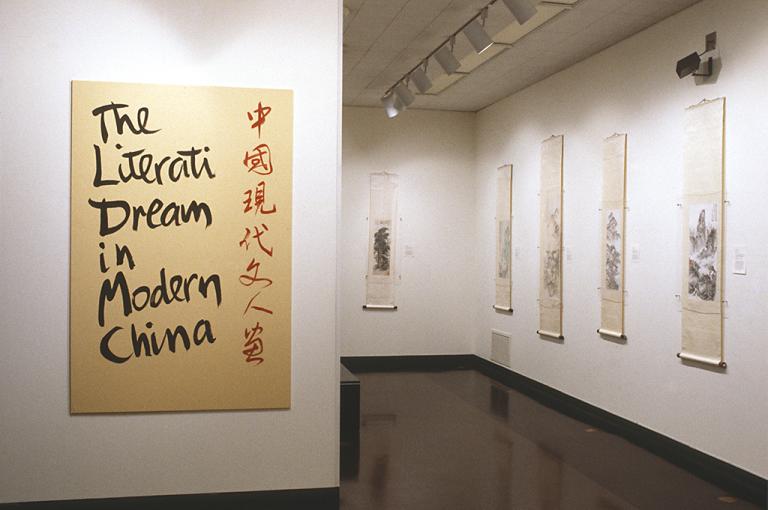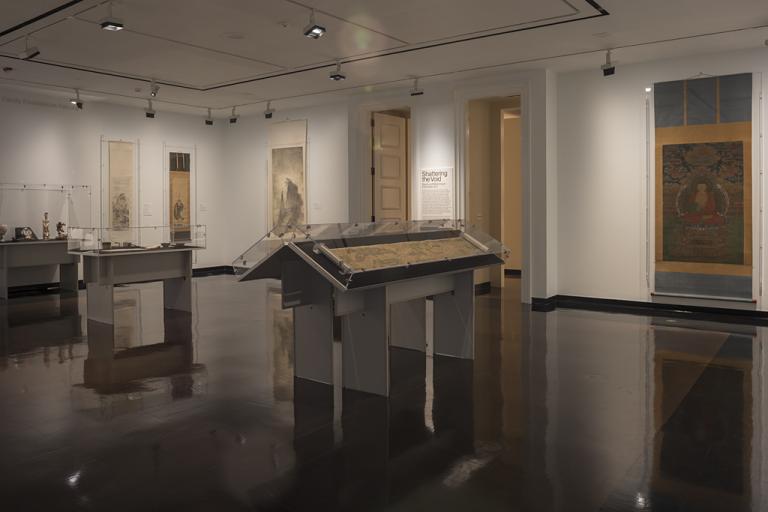Cultivating Longevity in a Mountain Pavilion, 陳少梅 Chen Shaomei
Artwork Overview
陳少梅 Chen Shaomei, artist
1909–1954
Cultivating Longevity in a Mountain Pavilion,
1940, Republic of China (1911–1949)
Where object was made: China
Material/technique: ink; color; paper
Dimensions:
Image Dimensions Height/Width (Height x Width): 100.7 x 34.4 cm
Image Dimensions Height/Width (Height x Width): 39 5/8 x 13 9/16 in
Roller Dimensions (Width x Diameter): 56 cm
Roller Dimensions (Width x Diameter): 22 1/16 in
Mount Dimensions (Height x Width x Depth): 216 x 47.9 cm
Mount Dimensions (Height x Width x Depth): 85 1/16 x 18 7/8 in
Image Dimensions Height/Width (Height x Width): 100.7 x 34.4 cm
Image Dimensions Height/Width (Height x Width): 39 5/8 x 13 9/16 in
Roller Dimensions (Width x Diameter): 56 cm
Roller Dimensions (Width x Diameter): 22 1/16 in
Mount Dimensions (Height x Width x Depth): 216 x 47.9 cm
Mount Dimensions (Height x Width x Depth): 85 1/16 x 18 7/8 in
Credit line: Gift of Stan and Patsy Wisdom
Accession number: 1991.0156
Not on display
If you wish to reproduce this image, please submit an image request

